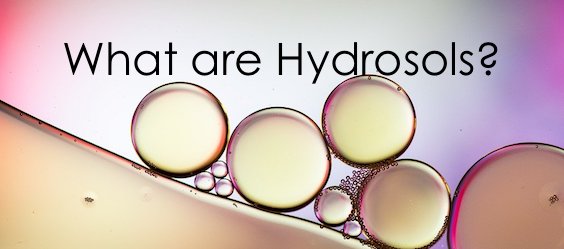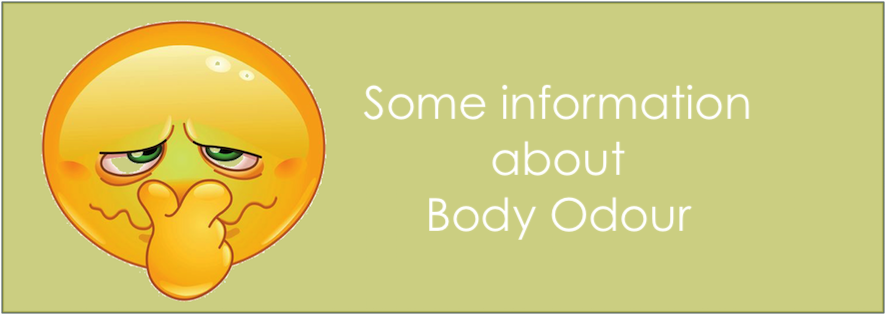Todays post is about Hydrosols.
We have just spent the last week camping. We stayed for a few nights at the beach, then a couple of nights on a private property. During our stay at the beach, March flies bit both of us and we were quite itchy.
When we arrived at the second property, the host has a skin care range that she sells. She sprayed a product on our arms and legs and the itch started to subside. The spray is a Lemon Myrtle Hydrosol blend. We had never heard of a hydrosol before, so I asked a few questions and did a bit of research. Here is what I found.
What is a hydrosol?
It is basically an end product of the essential oil distilling process. The distillation process— by water or steam — of the plant matter produces two end products:
- Essential oil: the oil-soluble parts of the plant
- Hydrosol: the water-soluble parts of the plant (this liquid also contains microscopic drops of essential oil)
Just like essential oils, many different types of plants can be made into hydrosols. The process makes use of the whole plant including bark, roots, and leaves not just flowers. Essential oils and hydrosols have some similar properties, but hydrosols contain a higher water content.
This means they’re gentler than essential oils and can be applied directly to the skin without the need to dilute them with carrier oil. They also have a more subtle scent than their essential oil counterparts.
The hydrosol used in the spray was Orange Jasmine.
Orange Jasmine
Further research found that the essential oil from orange jasmine has analgesic, antibacterial and anti-inflammatory properties. This means that it has the capacity to ease the irritation associated with insect bites and rashes.
Lemon Myrtle
The other ingredient in the spray was Lemon Myrtle essential oil. This product has long been used in medicinal and personal care products.
I have previously written about the many benefits and uses of lemon myrtle.
The essential oil is used as an antiseptic, disinfectant and expectorant and is said to be more powerful than Tea Tree.
Lemon Myrtle has amazing benefits in skin care. It works as an astringent to help tighten pores and reduce irritations. With its antibacterial properties this oil can assist with skin infections, wounds and acne
The pure essential oil can be applied topically to reduce inflammation of insect bites and help soothe the itch.
It is also excellent for soothing inflammatory skin conditions such as psoriasis, dermatitis and acne.
So a relaxing holiday also provided a learning opportunity.
Till the next post,
Live clean n Prosper.
If you are interested in this product, the link to the website is – http://www.anderleigh.com.au/aga/product-category/essential-oil/
Sources – Healthline – US National Library of Medicine National Institutes of Health – Wiley Online library –



